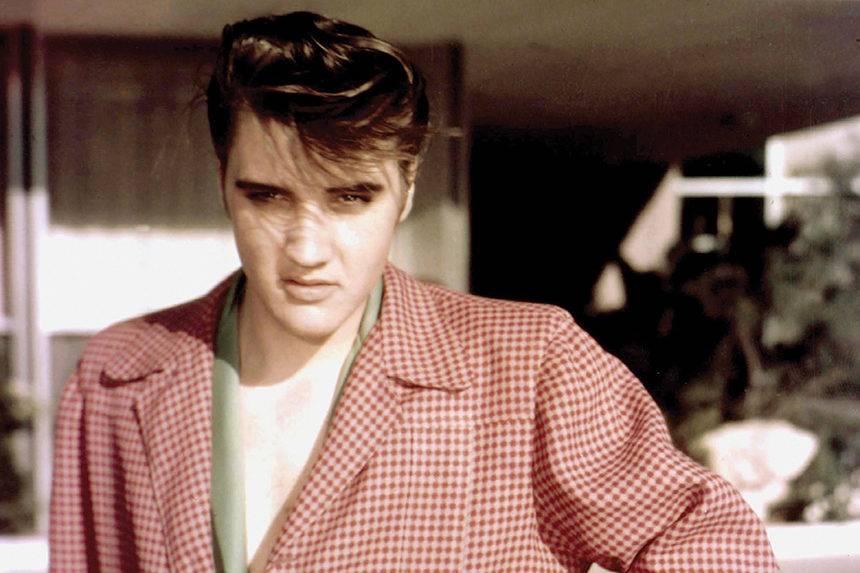
Rock Clothing: How Rock Stars Changed Fashion Forever

It wasn’t just Presley’s charisma that made music the primary channel for influencing – and defining – youth identity. Rock and roll – or, at least, his whiter, more sanitized, more marketable version of it – exploded into life at the same time as the concept of the teenager. In the ’50s, kids suddenly found themselves with leisure time, and with money. They spent both on music, and then, the clothes that their icons wore. As mass media collapsed the walls that locked people out of culture, young people started to define themselves less through class or locality. You were what you listened to, and you told people what you listened to through your wardrobe.
“When Elvis broke onto the scene in the mid-’50s, he made it cool to be an outsider,” says Zoey Goto, a journalist and author of the book Elvis Style: From Zoot Suits to Jumpsuits. “Ripping up the rulebook, Elvis’s style communicated that it was now okay for guys to wear pink, for white boys to wear zoot suits, and for your wardrobe to differ from your dad’s. Overnight, Elvis radically changed the way that the youth of America dressed itself.”
For the 50 years that followed, rock stars were the world’s style influencers. Each new sound, from glam to mod to punk to metal to grunge, brought a new look and new tribes who clamored for its key pieces. Subcultures defined themselves in opposition to what came before: punks rejected glam’s sequins and platforms in battered leather and ripped jeans; grunge rejected metal’s studs and leather in second-hand knitwear.
The Small Faces, the 1960s

Admittedly, rock music’s immediate fashion influence has waned over the last decade, as menswear has become more risk-taking and guitars have been supplanted at the sharp end of the charts by synths and drum machines. But its legacy endures – so much so that they may as well hand out leather jackets with every Fender Stratocaster.
The Evolution Of Rock Clothing

The Elvis youthquake struck in the ’50s, but by the ’60s, his influence was waning. “The ’50s was the golden era when Elvis had the most direct influence on the man on the street,” says Goto. “Beyond that, although Elvis spent much of the ’60s starring in movies, some of his onscreen outfits still managed to strike a style chord, such as the iconic hibiscus print shirt worn in Blue Hawaii.”
That decade instead belonged to The Beatles, who inspired their fans into Beatle boots, black suits, and bowl-like mop tops. By the end of the ’60s, as the band – and rock music more widely – started dabbling in psychedelics, fashion got countercultural, too; military uniforms were ripped-up and repurposed as a statement against America’s involvement in Vietnam, and wearing DIY gear like tie-dye shirts and self-made jewelry marked you out as someone who’d turned on, tuned in and dropped out.
The Beatles, 1963

The death of the decade of peace and love, marked by a Hell’s Angels-organised murder at the Rolling Stones notorious Altamont concert in December 1969, also heralded a fragmenting of the rock landscape. Sounds diverged, and so did style, from the over-the-top glam of Bowie, Slade and T. Rex, to the country-tinged southern rock of Lynyrd Skynyrd and Creedence Clearwater Revival, who signaled their good-ole-boy backgrounds with western shirts, leather vests, and the occasional cowboy hat.
The Rolling Stones, 1976

Then came punk, the bomb that blew up how rock music sounded and how it looked. Where glam embraced spectacle, punk was about authenticity and strove to make music democratic again. It didn’t matter if you couldn’t play your instruments – if you could learn three chords, you could write a punk record.
And if you couldn’t afford proper fashion, so what? Battered jeans, bombproof Dr. Martens, and a leather jacket would do. Its influence endures today, from the look’s originator, Vivienne Westwood (and all those designers inspired by her) through to Raf Simons’s punk and post-punk fits, or Undercover’s graphic tees.
The Clash, 1977

The ’80s saw pop bands nudge rock out of the mass-fashion conversation, but their ubiquity and uniformity set the scene for grunge-like punk, it clapped back against the mainstream with thrift shop finds that put a countercultural spin on middle-aged favorites like knitted cardigans and checked shirts.
Its impact was immediate (and controversial) when designer Marc Jacobs tapped the look for his 1993 Perry Ellis collection. It got him fired, but also made his name – and inspired grunge’s real fans to decry his high-fashion (and high-priced) versions of their second-hand favorites.
Kurt Cobain, 1993

By the ’90s, rock music’s hegemony was being challenged. Pop was re-ascendant, and rap was frightening mothers in ways that guitar music hadn’t in decades. Though the Britpop wars re-ran the battles of the ’60s between mods and rockers, it was rave and hip-hop that had the most sartorial influence – the decade still looks like either sagged jeans or bucket hats, depending on whether you obsessed over Compton or the Hacienda.
The 2000s provided perhaps rock music’s last big trend, as the (now much regretted) indie boom drove a generation of young, asymmetrically haircutted men into the women’s section of Topshop, where they loaded up on skinny jeans and too-small T-shirts.
Still, though rock’s decades-old signifiers survived – scrawled-on T-shirts, beaten-up denim jacket, and Converse that had seen better days still lived in the wardrobes of any man who refused to remove his Reading Festival wristband. And they still abide, even if you haven’t listened to a song with guitars in for the last decade.


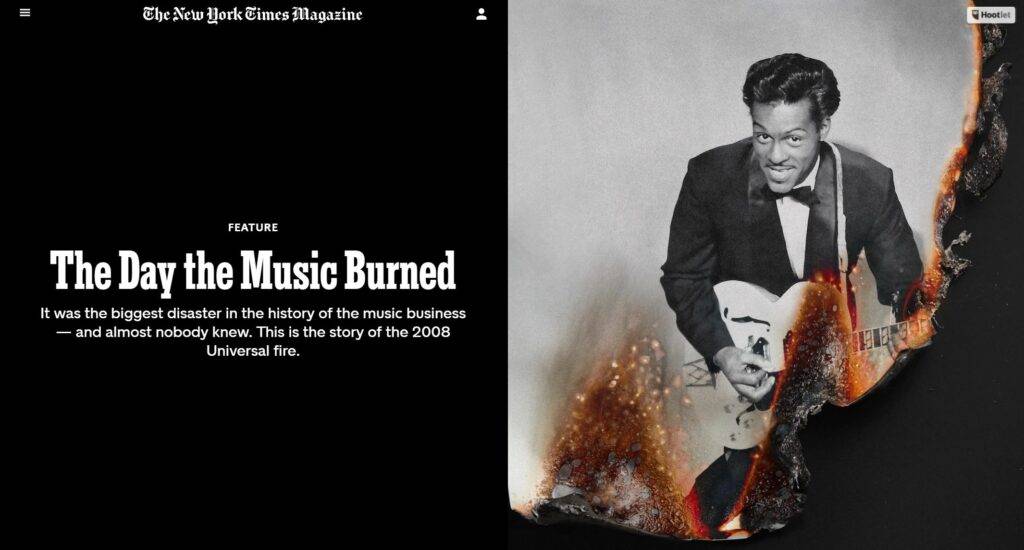
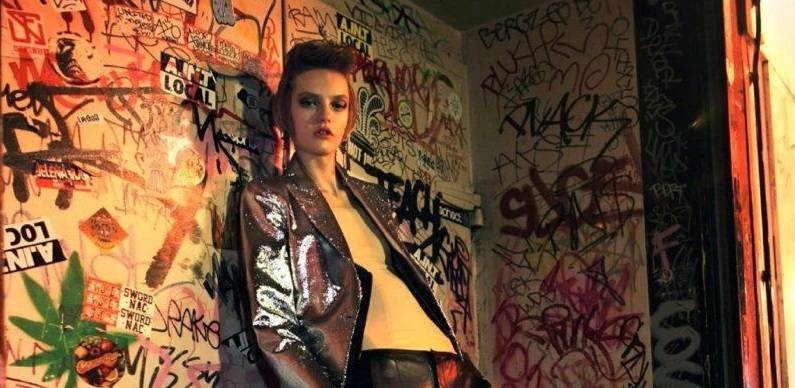

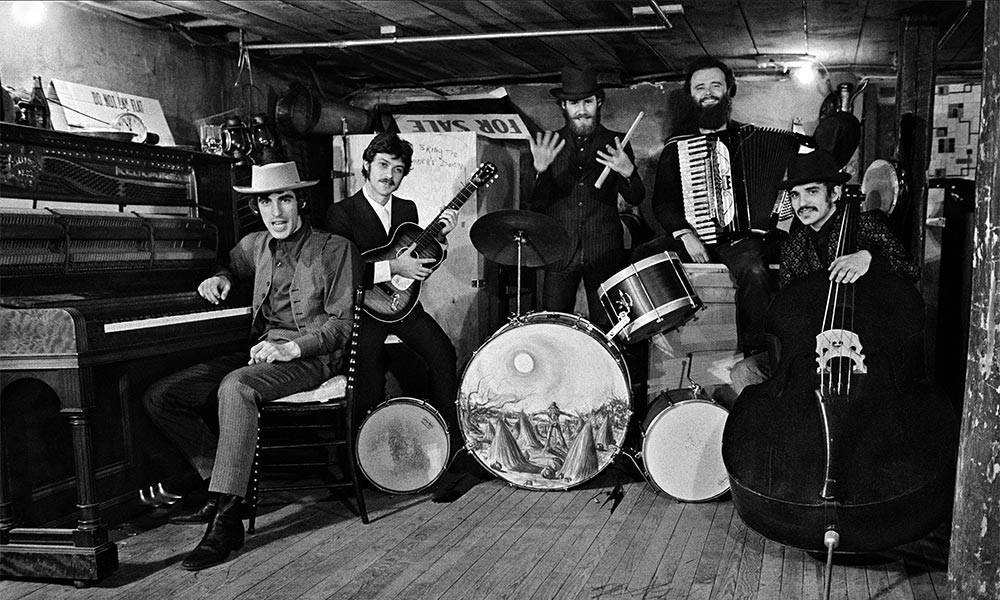
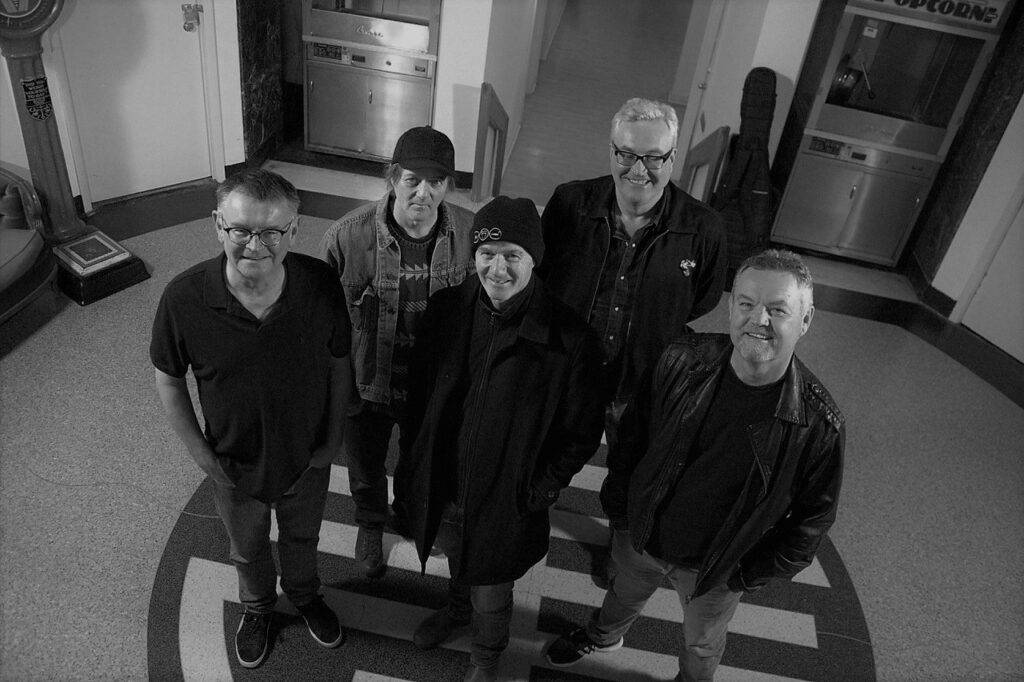
Responses